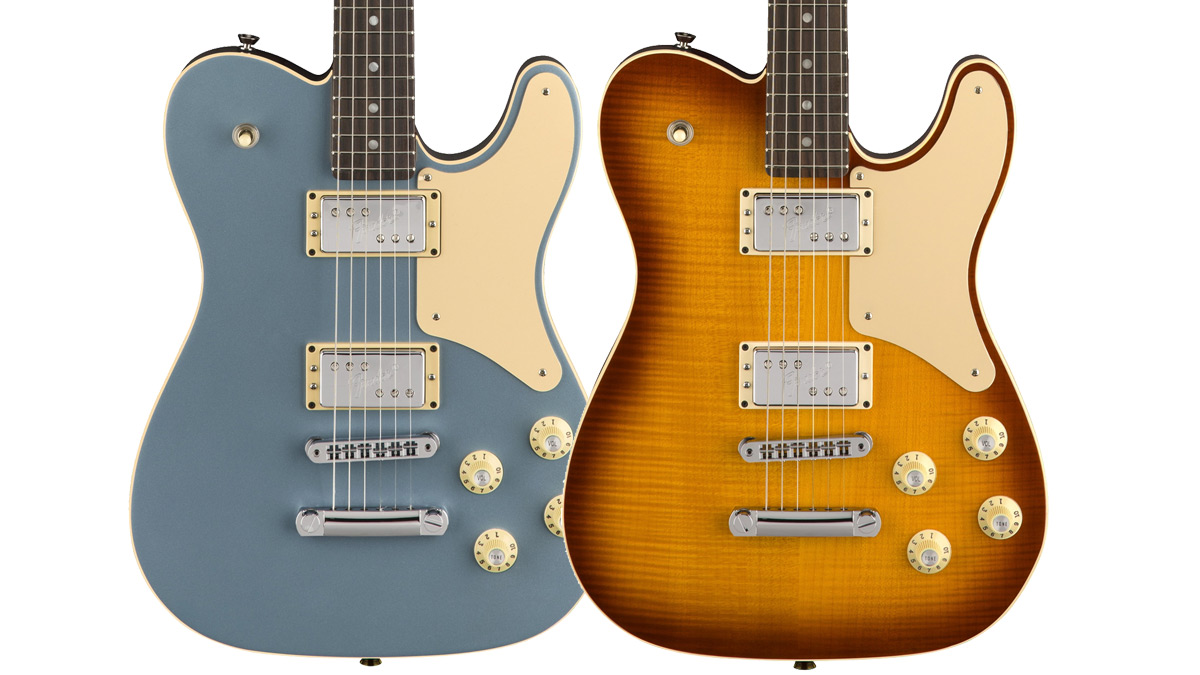Fender stirs the pot with Les Paul-esque Troublemaker Tele
The latest Limited Edition Parallel Universe guitar arrives

Fender timed its original announcement of the Troublemaker Tele perfectly, unveiling its Les Paul-like solidbody at the 2018 Winter NAMM show, when Gibson wasn’t even in attendance.
Now officially available in stores, the TT certainly apes the spec of Gibson’s most iconic model, with a mahogany body and bound, bookmatched maple top and lacquer finish, not to mention an Adjusto-Matic bridge with stop tailpiece.


Things get a little more Fender when it comes to the American Professional Tele neck with large Strat headstock and 9.5”-radius rosewood fingerboard, while Shawbucker 1T and 2T humbuckers fill the pickup cavities. A custom Cabronita pickguard tops the whole look off.
The Troublemaker Tele is available in Ice Tea Burst and Ice Tea Metallic finishes for $1,999/£1,609, and that includes a hardshell case and Certificate of Authenticity.
Check out our original story for more model mash-ups from the Parallel Universe line, and visit Fender for more info.
Want all the hottest music and gear news, reviews, deals, features and more, direct to your inbox? Sign up here.
Mike has been Editor-in-Chief of GuitarWorld.com since 2019, and an offset fiend and recovering pedal addict for far longer. He has a master's degree in journalism from Cardiff University, and 15 years' experience writing and editing for guitar publications including MusicRadar, Total Guitar and Guitarist, as well as 20 years of recording and live experience in original and function bands. During his career, he has interviewed the likes of John Frusciante, Chris Cornell, Tom Morello, Matt Bellamy, Kirk Hammett, Jerry Cantrell, Joe Satriani, Tom DeLonge, Radiohead's Ed O'Brien, Polyphia, Tosin Abasi, Yvette Young and many more. His writing also appears in the The Cambridge Companion to the Electric Guitar. In his free time, you'll find him making progressive instrumental rock as Maebe.


